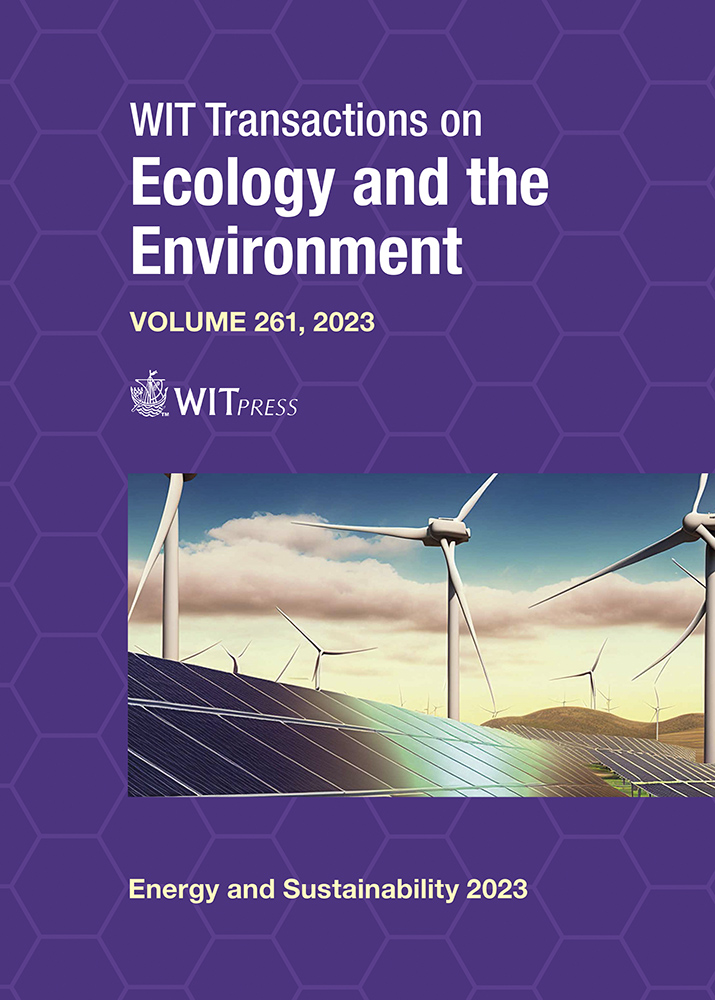CARBON-REDUCTION METHODS IN NORTHERN CALIFORNIA VITICULTURE
Price
Free (open access)
Transaction
Volume
261
Pages
8
Page Range
247 - 254
Published
2023
Paper DOI
10.2495/ESUS230211
Copyright
Author(s)
PAMELA LANIER, LORA L. TEMPLETON
Abstract
California’s wine industry is among the first commercial sectors to recognize the importance of identifying standards to calculate a carbon footprint for business operations and integrating new methods within its own operational practices to reduce it. In response to the ongoing cycle of drought and wildfire in their region, Sonoma, Napa and Mendocino wineries have introduced significant carbon-reduction measures in their processes, both in the vineyard and the production facilities. Utilizing case studies of select wineries in this region, we will provide representative examples of carbon reduction through regenerative agricultural practices in fertilizer and other vineyard inputs, onsite renewable energy installations, water conservation and green practices in facility construction. We will also review current trends in packaging materials and distribution impacts, the newest focus of carbon input reduction in the industry. Our paper will provide examples on how the wine industry’s move toward a more sustainable business model can be replicated by other agricultural businesses.
Keywords
biodynamic® winemaking, carbon reduction, Napa County, regenerative agricultural, Sonoma County, sustainable farming, viticulture, climatic influence, climate change, adaptation meas





